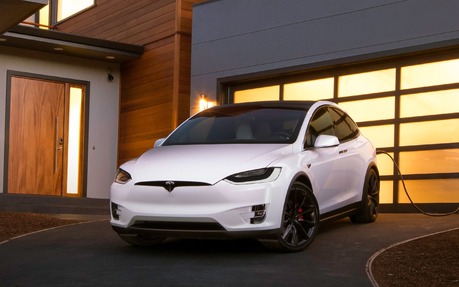All-Wheel Drive: The Tesla Advantage
Everyone’s talking about Telsa, the California-based electric vehicle company. And that’s something when you consider that automakers rarely make traditional media headlines anymore, unless of course there’s a disaster like the Volkswagen diesel car scandal.
Tesla sure has a way of garnering the attention of traditional media¾and good on them! After all, they’re innovating in numerous ways and at breakneck speed. How many companies do you know that can shave a second off a car’s 0-100 km/h time with a simple computer update?
- Also: Four-Wheel Drive vs. All-Wheel Drive
- Also: Small Luxury SUVs with All-wheel Drive: Fashionable!
Autonomous driving, autonomous parking, operating range, on-board technology and performance worthy of exotic cars¾basically, Tesla is thrusting itself into the limelight.
And yet, Tesla has an advantage that people don’t talk about much: the efficiency of its all-wheel drive system. It’s been available for a few years on all Tesla models with the letter D affixed to the tail end. D stands for “Dual Motor.” At Tesla, rather than lose efficiency because of a transmission, transfer case or complex differential, there’s one motor for the front wheels and one for the rear wheels.
This combination allows the car to manage torque much more efficiently. Performance enthusiasts know that this means that Tesla vehicles go from 0 to 100 km/hr in unprecedented times, rivalling exotic vehicles that cost several hundred thousand dollars.
This system is not just dynamic on the drag strip. In poor conditions, like snow, rain and ice, Tesla’s system is impressively efficient because the front can be controlled independently of the rear and at a speed that no transfer case can equal.
